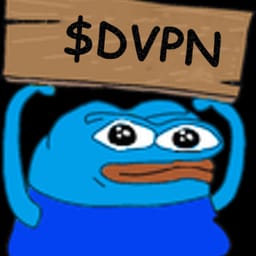SentNodes: Infrastructure 101 with the Node Network's Favorite New Website
SentNodes, a website that helps application users and network contributors monitor and manage Sentinel Nodes, was founded in January by Busurnode. In the nine months since, it's become a favorite of the rapidly-growing Sentinel Node Network and the community of diehards that sustain it.
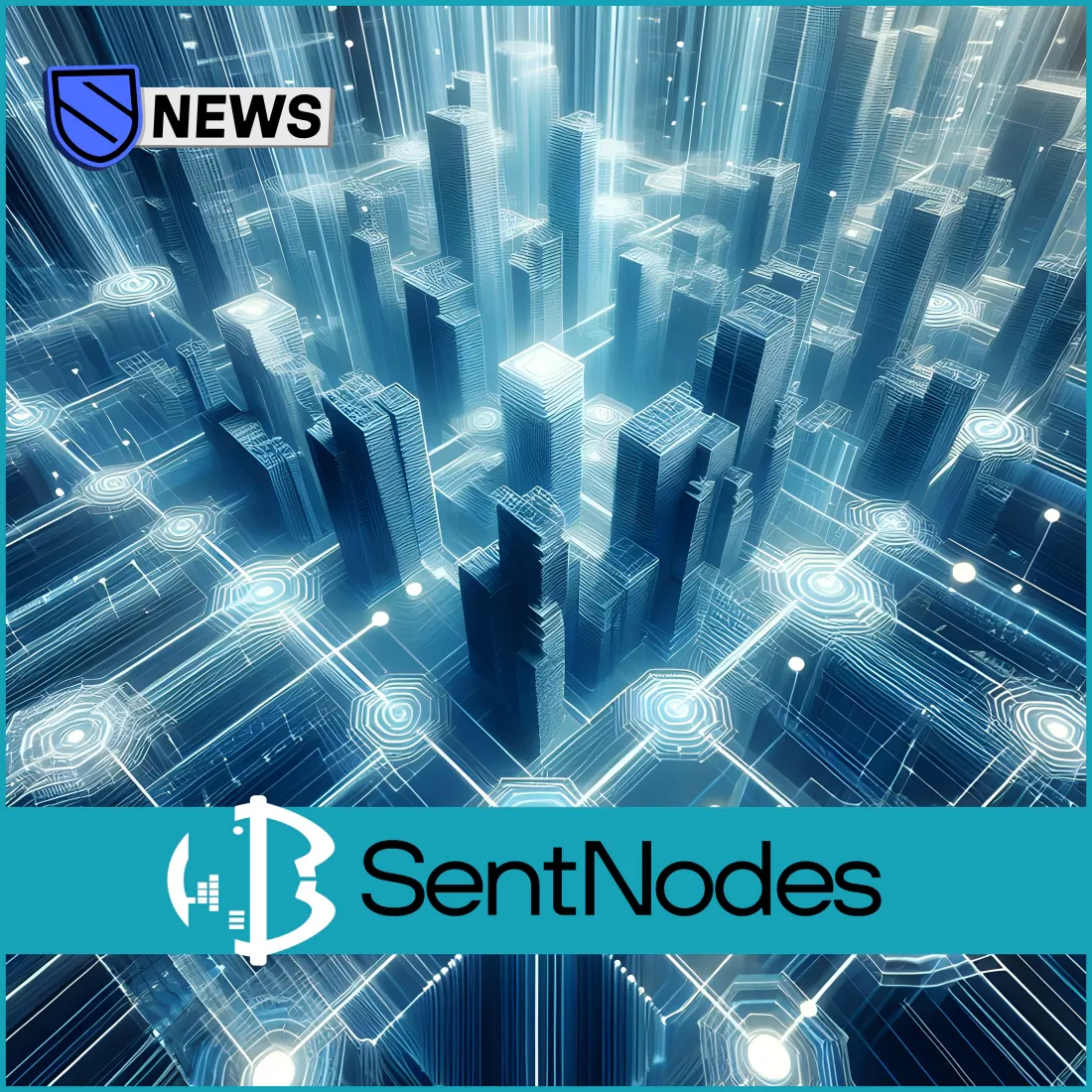
Sentinel and its third-party collaborators have provided us with frontend consumer applications, venues for data on network traffic, and tools for investors of Sentinel Coins.
But aside from the Sentinel team itself, who exactly is providing the tools, repositories, hardware, and resources for all of these builders?
In this piece we bring Sentinel's backend out of the shadows. From the outside, broaching subjects such as these may feel descending into a murky and arcane world of nodes, servers, relayers, networks, and protocols. But once you get a glimpse under the hood, you may find that things aren't nearly as intimidating as they originally seemed.
To that end, we will be shining a well-deserved spotlight on a relative newcomer to Sentinel's backend operations called Busurnode; and in particular their community-acclaimed website SentNodes. Then after a look at a few other Sentinel infrastructure heavyweights, we'll provide you with the guides and resources that you need to get involved yourself.
Infrastructure: The Basics
If you're a total newcomer to Sentinel, decentralized applications (dApps), DePIN blockchains, or the world of distributed networks altogether, there's no doubt that you'll be encountering some unfamiliar terms in this article.
To help clear things up for you, we've prepared a glossary of sorts for some basic terms relevant to Sentinel infrastructure.
Select and open boxes below to learn about them.
🛜 What is a Sentinel Node?
Sentinel dVPN Nodes allow operators to sell bandwidth to users of dVPN applications. They are paid for that service by the users in Sentinel Coins ($DVPN) and other digital assets.
Nodes can be installed on almost any device with an internet connection: A remote data center server, a mobile phone, an unused home computer, or even a Raspberry Pi device.
For more information on Sentinel Nodes, a complete overview and guides for setup are available at Sentinel Docs.
For tips on how to stay safe as a node host in a distributed network like Sentinel, and to learn a bit about how Sentinel Nodes protect both their operators and users, check out our coverage of a recent incident at another project.
⚙️ What is a Full Node?
A full node maintains a complete copy of the blockchain, rather than a portion. They are the pillars of the network from a purely existential perspective, since a blockchain exists everywhere and not in any individual location or server.
Full nodes can be used to host validators, which stakers of the Sentinel Coin will recognize as the entities with which they delegate their funds. They can also be used to host Remote Procedure Call (RPC) and API (Application Programming Service) servers, which we will be exploring more in-depth later in this piece.
Validators receive, relay, and verify the transactions which occur on the blockchain, such as coin transfers and dVPN subscriptions. Validator nodes verify the transactions before propagating them to other nodes, which ensures that transactions are valid and in consensus.
A complete overview of these nodes and instructions for setup are available below at Sentinel Docs.
Unlike dVPN nodes, for operating a full node we do recommend some measure of experience with networking and Linux-based operating systems.
🌐 What is an RPC?
For a blockchain, a Remote Procedure Call (RPC) plays a crucial role as a nexus for applications, their users, and the blockchain network itself. This is how traditional digital services (for example, the official Sentinel website) are able to communicate with blockchains, despite not being on one themselves.
If you're using a dVPN client, wallet, exchange, chain explorer, or any other external application that interacts with a blockchain, you've almost certainly used the services of an RPC.
🔄 What is a Relayer?
A relayer facilitates secure communication between separate blockchains. This communication can include coin transactions, messages, or other data.
Relayers allow application users and customers within Sentinel to pay for dVPN service in a wide variety of cryptocurrencies, from Bitcoin to Decentr tokens to Monero.
In the Cosmos Ecosystem, where blockchains are sovereign (rather than layered on top of one another, as they are in other ecosystems such as Ethereum), cross-chain communication is especially crucial.
With that groundwork in place, we're now ready to take a close look at SentNodes, the company which built it, and few of Sentinel's other behind-the-scenes builders. Hopefully, we'll also learn a bit more about Sentinel's dVPN infrastructure and inspire even more contributors to take action in the process.
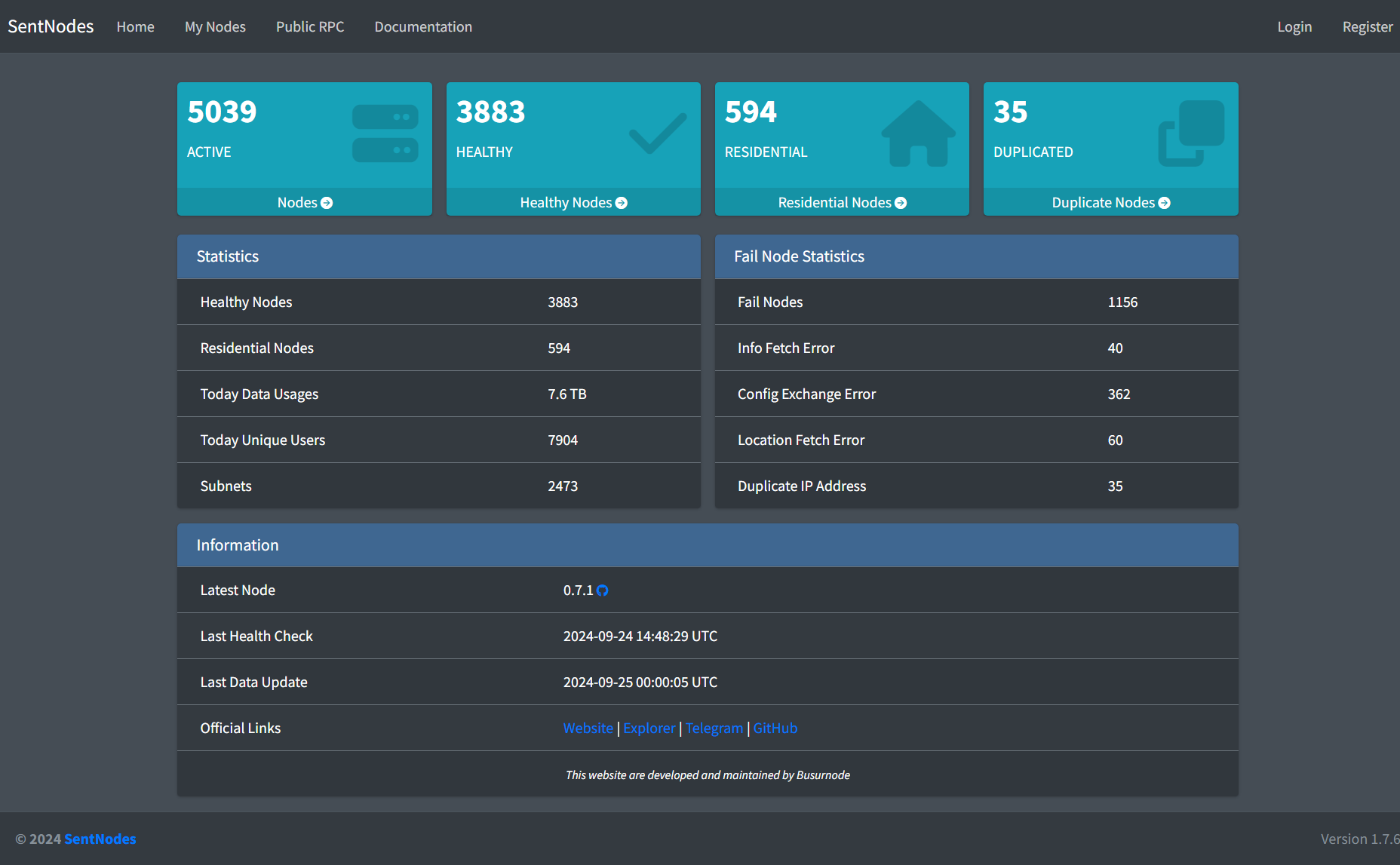
SentNodes, a website that helps both application users and network contributors alike monitor and manage Sentinel Nodes, was founded in January of this year by Busurnode. In the nine months since, it has become a favorite of the rapidly-growing Sentinel Node Network and the community of diehards that sustain it.
According to Yovan, the professional-mannered but approachable CEO of Busurnode, its creation was motivated by a combination of pragmatism and passion.
"Simply, many dVPN node runners needed monitoring tools with an easy-to-understand interface," he told dVPN News when asked how SentNodes came to be. "Besides that, I also wanted to contribute to the community, because I really like the dVPN concept."
In this section, we'll be taking a look at the website's various functions and how it can help you better manage your Sentinel Nodes. In the subsequent section, we'll review Busurnode's numerous other contributions to the project's infrastructure.
Main Dashboard
The Statistics box on the SentNodes landing page provides a glimpse at the broad metrics of the Sentinel Network at any given time.
The Healthy Nodes metric is the total number of active nodes on the network which have been deemed "healthy" by the health check system, and are therefore in active service.
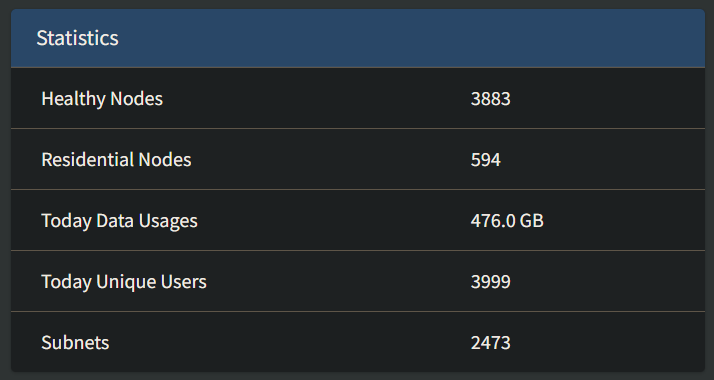
Residential Nodes are Sentinel Nodes which are hosted via a standard home internet connection in their respective locality, rather than via a data center network. Some application users prefer these nodes, as they tend to be more effective at bypassing especially stringent geo-restrictions (i.e. airdrop claims).
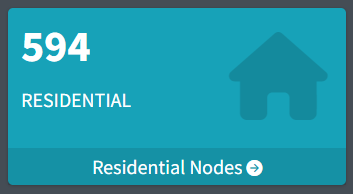
If you're a beginner to hosting exit nodes in a peer-to-peer network, the Sentinel Node community tends to recommend hosting nodes via data centers, rather than allowing outside traffic use the IP address of a personal device at home.
Healthy Nodes
The Healthy Nodes database lists all of the nodes in the network that have either either passed or failed the latest health check.
Its counterpart, the Fail Nodes metric on the SentNodes front page, provides a live count of every node in the network that has failed the latest health check and thus been temporarily removed from active service. That total is then revised with every check.
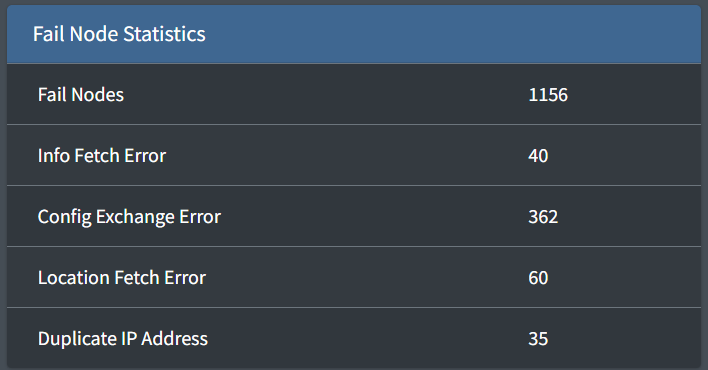
Duplicate Nodes
Nodes that share an IP address or IP address range are much easier to identify and block by corporations and authorities. This means that they are overall far less helpful to the network from a user experience perspective than independent nodes are.
Because of this, the Sentinel Foundation introduced limits earlier this year on the maximum number of active nodes which could operate in a subnet (and thereby share an IP range). There has also been a complete ban on reusing an IP address for multiple nodes, which is enforced by the health check system.
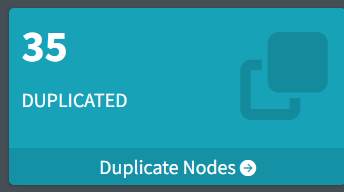
SentNodes maintains a live database of nodes which have been flagged for that particular infraction.
Health Check is a feature that was introduced in late 2023 to ensure a good in-session experience for consumers using dVPN applications.
It does this by temporarily removing nodes that have been flagged as "unhealthy" from active service on the network.
Once errors have been resolved by the node operator, unhealthy nodes will become active again the next time the check takes place. This takes place at random times twice per day.
Public RPC
The Public RPC dashboard provides an overview of every active RPC endpoint in the Sentinel Network.
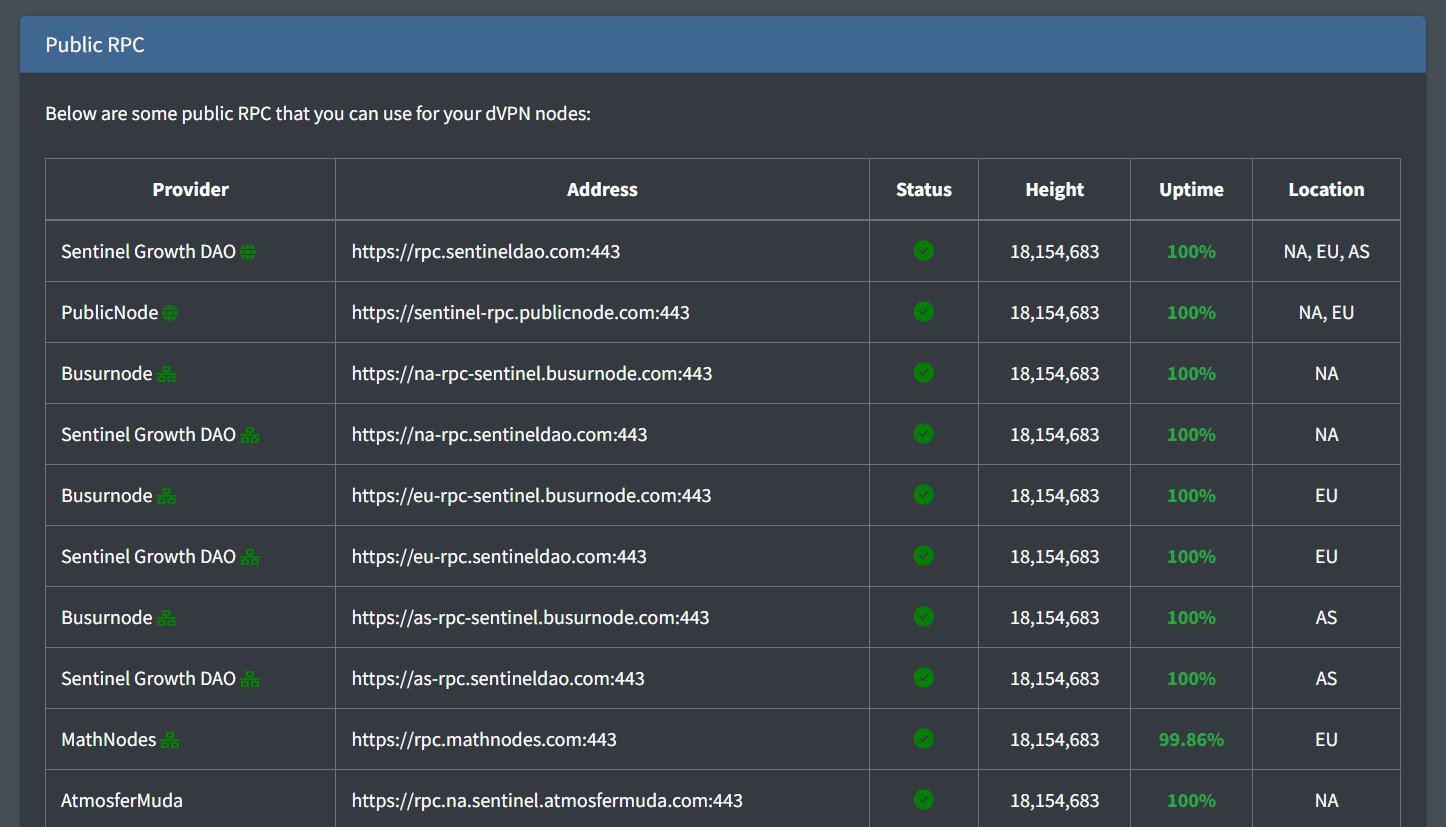
This includes:
- The URL for access.
- Current operational status and past rate of uptime.
- Geographic location of the server and the name or handle of its operator.
- Whether or not the RPC has a form of load balancing enabled.
My Nodes
If you choose to set up an account, you'll have access to the website's flagship feature: the My Nodes dashboard. This dashboard, intended primarily for node hosts with multiple nodes, allows for real-time monitoring from a single unified interface.
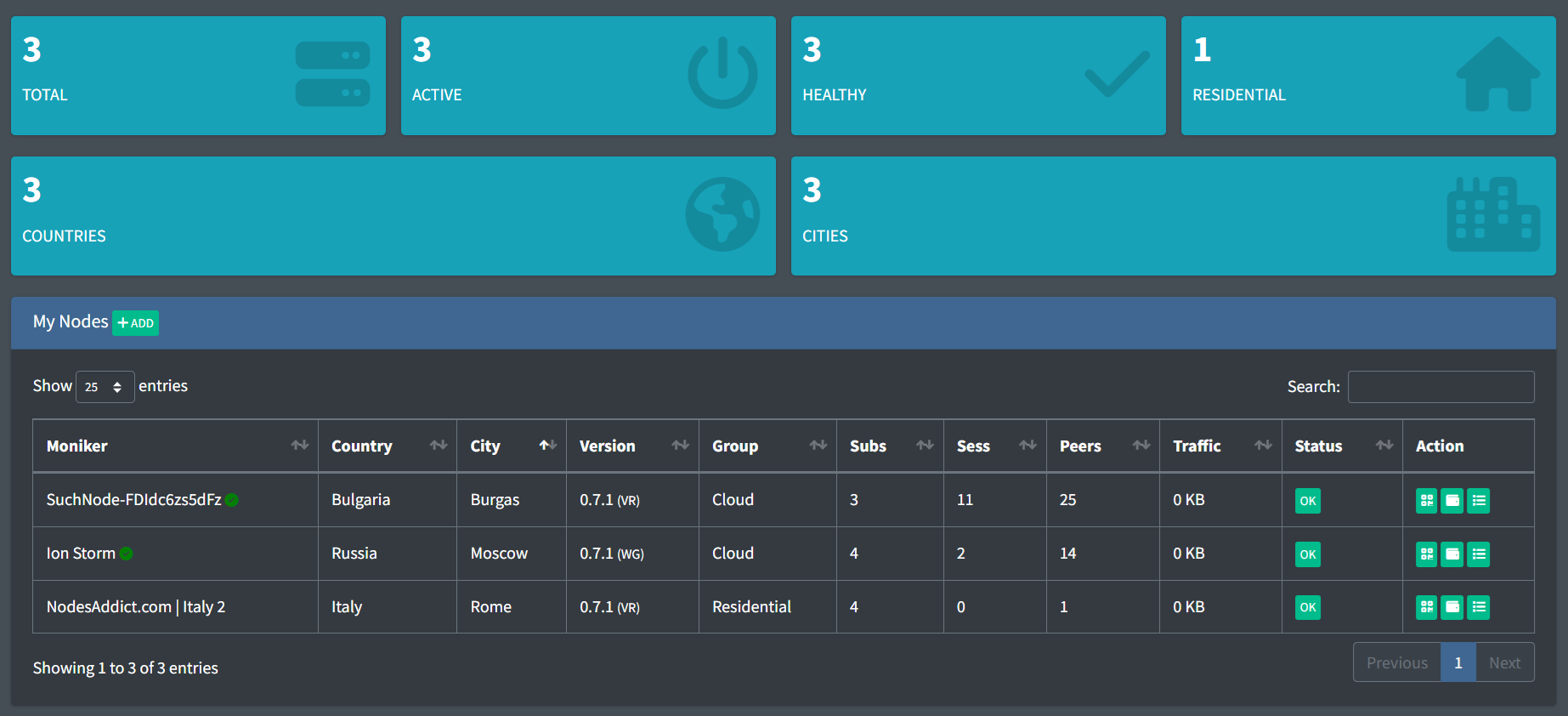
Once you're signed up for a SentNodes account, the process for adding nodes to the dashboard couldn't be more simple: Just click the green +ADD button, enter the address of your Sentinel Node, and confirm.
The My Nodes dashboard provides almost every data metric a node operator could ever need about their node, including node software version, VPN protocol, connection type, user traffic, and health check status.
Please note that Sentinel Node addresses will always begin with the prefix "sentnode." Sentinel addresses beginning with the "sent" prefix are ordinary wallets, not nodes.

Feature: Busurnode
A look at the company behind SentNodes and their other contributions to Sentinel.
The company behind SentNodes is called Busurnode, a subsidiary of Busur Media Indonesia.
"At Busurnode, we specialize in delivering secure and reliable blockchain node operation services, ensuring that nodes run smoothly and efficiently," Yovan explained to dVPN News when asked to describe his company.
To find out a bit more about Yovan and his role within the Sentinel community, open the box below.
👤 Profile: Yovan (CEO, Busurnode)
Yovan, a tech entrepreneur and native of Indonesia (where his company is based), is a well-known and very active figure within the Sentinel Node Network community.
In addition to his efforts at SentNodes and Busurnode, he has taken on an unofficial role as a champion of sorts for node hosts, often acting as an intermediary between that community and team on node matters.
Given how integral the node network and RPC servers are to backend operations, it's difficult to build on Sentinel nowadays and not work with Yovan and Busurnode at some point. He is deeply embedded within the project and has received high praise from the many individuals and entities across the Sentinel community who have worked with him.
🌏 Are You Indonesian?
Sentinel has a thriving Indonesian community! Join on Telegram, or follow Sentinel Indonesia on X.
They are active on Sentinel, as well as three other projects which are currently in the testnet phase: Empeiria, Symphony, and Arkeo.
"We offer various services, including Software Development, Payment Services, Hosting Services, and Data Mining Services," Yovan explained when asked to list his company's ventures.
Busurnode hosts its infrastructure remotely in top data centers around the world, as well as on their own inventory of enterprise-grade hardware. There's also a support team dedicated to 24/7 monitoring of the company's infrastructure.
RPC/API Network
The Sentinel blockchain's consumer-oriented focus and the high volume of transactions intrinsic to a dVPN protocol create a massive workload for its blockchain. To manage that workload, an ironclad RPC network was needed. Yovan says that his company was happy to tackle that challenge.
"Currently, I believe RPC services are crucial enough for Sentinel, as almost all existing services rely on them. That’s why we’ve developed the largest geo-load balancing RPC network."
Load balancing is a system which distributes incoming requests evenly across multiple servers to ensure the efficient allocation of resources. This prevents any individual server from becoming overwhelmed with calls.
The introduction of load balancing to the RPC set stands as one of Busurnode's most important technical contributions to Sentinel so far.
At the time of this story's publication, Busurnode operates four RPC endpoints and four API endpoints—two global, and two of each located in Asia, Europe, and North America. That's more than any other entity on the Sentinel blockchain aside from the Sentinel Growth DAO itself.
Application Programming Interface (API) endpoints are the access points which allow external applications, services, and users to interact with the Sentinel blockchain through RPC.
A backup system called auto-failover was introduced in April of this year, followed by a load balance system for the global RPC in May. Busurnode also hosts one gRPC (Google RPC) server.
Though Busurnode and other third-party contributors have risen to the occasion and helped make the Sentinel's backend one of the architecturally strongest consumer blockchains in existence, there is always more work to do—and always a need for more distributed infrastructure.
If you're interested in becoming an infrastructure provider for Sentinel, links to guides and resources to help you are available later in this article.
Other Contributions
Busurnode manages infrastructure components for full node/validator nodes such as snapshots, seeds, and peers.
Busurnode maintains a live directory of every contribution they have made to Sentinel. Their status page also provides real-time monitoring of all Busurnode services.
Busurnode Validator
Busurnode operates their own validator on Sentinel. At the time of this article's writing they are ranked thirty-ninth in total voting power, making them an ideal prospect for stakers looking to delegate their funds outside of the top ten. Their current yearly commission rate is 11%.

Other Providers
A look at some of Sentinel's other backend champions—and how you can become one of them.
As an open source blockchain project, Sentinel depends on wide swathe of contributors and third-party contractors to sustain its distributed infrastructure and advance development.
It would take a far more comprehensive article than even this one to document every contributor on this front, as they number in the dozens. So in this section, we'll be quickly showcasing three other major Sentinel infrastructure providers, one of which partnered with Busurnode to launch a new product just this month.
Then, to wrap things up, we'll be giving you some of the tools you need to start your own Sentinel infrastructure operation—and you'll probably be surprised by how little in the way of expertise and resources you need!
The Sentinel Growth DAO
Though the Growth DAO's own contributions to Sentinel's backend infrastructure are countless, an important additional element they bring to the table is their funding and recruitment of other infrastructure providers—including Busurnode.
Earlier this month, the Sentinel Growth DAO partnered with them to create the RPC/API Full Node.

Sentinel Docs provides a more comprehensive overview of the Global RPC/API Node's technical specifics.
"The Sentinel Growth DAO Global RPC/API Node is a load-balanced system that distributes requests across 6 nodes to ensure optimal performance and reliability." senior Growth DAO member Trinity Stake said as he unveiled it to the community. According to the DAO, the Busurnode-crafted architecture was designed to provide "maximum failover capability in the event of any errors or outages."
https://status.sentineldao.com
The DAO also singled out Yovan for a special thanks and praise for his work, which was called outstanding. "It's great working with him. Great attention to detail," Trinity Stake also later remarked about Yovan.
To learn more about the DAO's other infrastructure initiatives, open the box below.
🪛 Other DAO Infrastructure Initiatives
Other ongoing Growth DAO infrastructure initiatives include:
- A validator, used to stake Sentinel's community fund in order to fund development initiatives for the project.
- Sentinel Docs, a boundless resource for Sentinel technical wisdom maintained by member Trinity Stake.
- The Sentinel Chain Explorer, developed by BadgerBite and Inbloc.
- Casanode, a suite used to create and manage dedicated hardware dVPN nodes on Raspberry Pi and other single-board computers, developed by Foxinodes.
- An IBC Relayer used to facilitate interchain transactions, maintained by member Sergey of Quokka Stake.
MathNodes
MathNodes provides many other services to the blockchain besides Meile, their dVPN client.
The company and their collaborators also operate a plethora of Sentinel Nodes, several RPC servers, a validator node, a variety of relayers and servers which allow countless digital assets to be used for dVPN payments, a handful of curated on-chain subscription plans, and a Sentinel analytics platform.
The backend of Decentr Browser's integrated dVPN functionality is also looked after by MathNodes, who recently announced they would be supporting two additional new web browsers.
Tkd-Alex, another Italian MathNodes contributor, developed Sentinel's Javascript SDK and the NodeSpawner utility.
NORSE Labs
NORSE Labs, a new permutation of the old SOLAR Labs, has released its own Sentinel dVPN development kit. The company hopes that it will make building on Sentinel more accessible to traditional application developers.
They also host many nodes, operate a validator, and provide backend support to many of the third-party teams within the Sentinel dVPN application network.
Becoming a Provider
You don't have to build something revolutionary or do anything complex to contribute to Sentinel's infrastructure. Actions as simple as hosting a dVPN node or even staking Sentinel Coins and voting on governance proposals help make Sentinel stronger.
You don't even need money or hardware to make a difference in Sentinel. Nodes and servers can be hosted remotely, or on an ever-increasing range of hardware platforms ranging from computers to mobile phones to Raspberry Pi units.
Infrastructure doesn't even necessarily mean hosting anything at all: Sentinel Docs, maintained by Trinity Stake and linked many times over the course of this article, is a fantastic example of a non-technical infrastructure contribution.
Whether you'd like to get a foot in the door before the DePIN revolution begins, you're ideologically aligned with the project and want to help out of pure altruism, or you're just trying to make some passive income, Sentinel needs you. If you want to get involved, don't hesitate!
If this article was your introduction to Sentinel backend infrastructure, we've linked some resources below which should help you continue along your path.
Resources

Sentinel Docs is the ultimate knowledge base for Sentinel's network contributors.

Sentinel's official YouTube channel was created this year, sponsored by the Growth DAO. It has comprehensive video guides for deploying Sentinel Nodes.

The Sentinel Node Network group on Telegram is the main community hub for Sentinel Node operators and hosts. It's the best place to talk shop, get swift answers to questions, or even find great deals on remote servers (VPS).
The Sentinel website's dVPN Node Dashboard features an interactive geographic map of every Sentinel Node on the planet—of which there are currently over five thousand!
Busurnode isn't the only third-party contributor to publish monitoring tools for Sentinel Node hosts. Open the box below to learn out about a few of the other solutions out there.
📱 Other Node Monitoring Tools
• The Sentinel Node Monitor bot, developed by Bitveil, allows Telegram users to monitor their Sentinel Nodes directly within the popular chat client.
• The Casanode hardware node manager suite, created by Foxinodes and the Sentinel Growth DAO, includes a mobile application which allows node hosts on Raspberry Pi and other microcomputers to control and monitor their node via Bluetooth.
• Also on Telegram, the Sentinel Validators Missed Blocks channel developed by Quokka Stake allows for realtime monitoring of validator node performance—a great mobile tool to supplement your dedicated monitoring software with.
• NodeSpawner, a multi-platform dashboard for deploying and managing nodes developed by Tkd-Alex.
Further Reading

More on the eye-popping levels of traffic that the Sentinel Node Network is seeing in 2024.
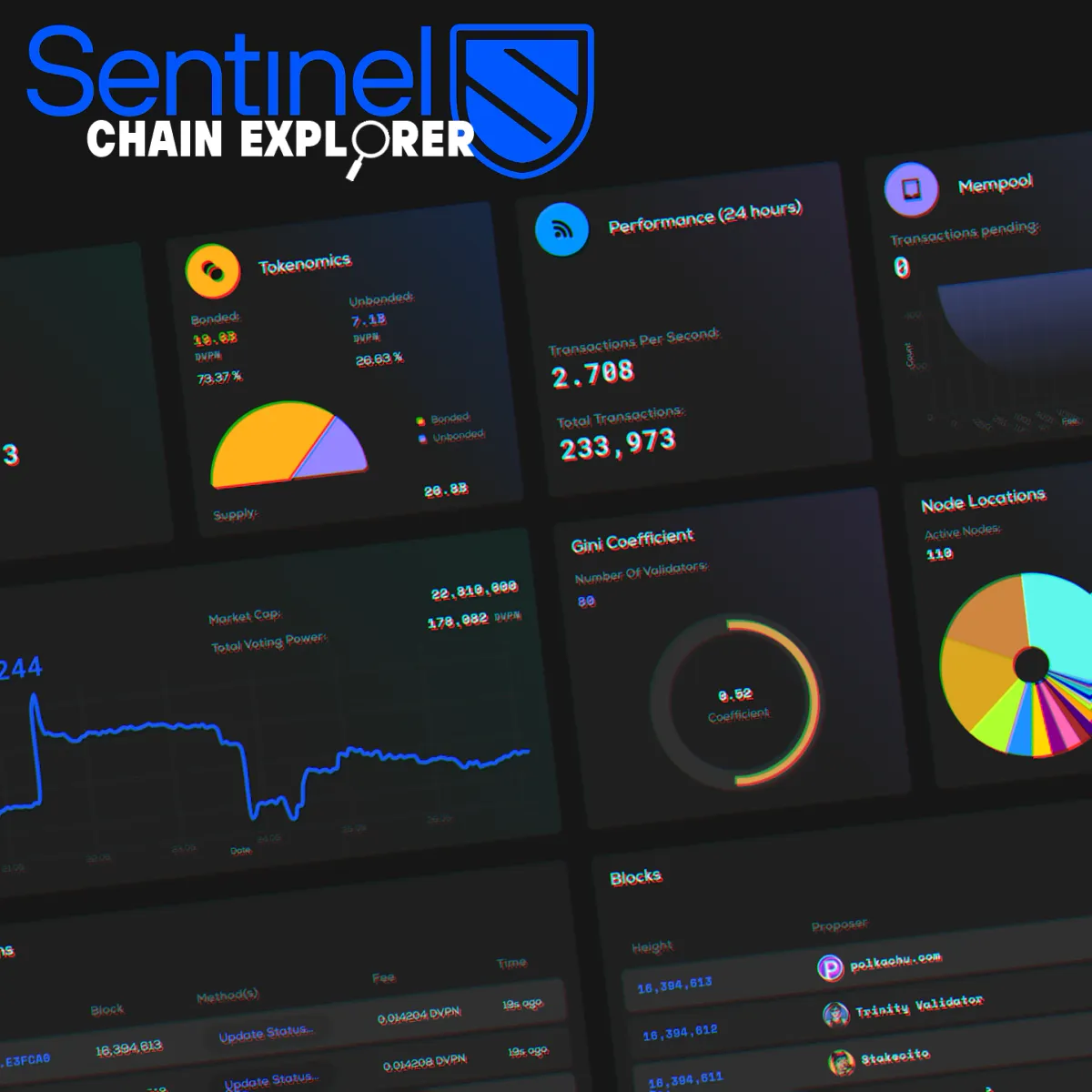
Coverage of the launch of Sentinel's native blockchain explorer, including many other critical resources and tools invaluable for infrastructure providers and node hosts.

Information on recent police raids which have rocked the Mysterium community in Europe, including details on how Sentinel Nodes protect the privacy of their hosts and users alike.
At dVPN News, every member of the Sentinel community is a contributor. Whether you're writing articles, sharing tutorials, or participating in discussions, your involvement is what drives our collective growth, and best of all it's rewarded! Together, so if you to contribute to the growth of the Sentinel Network, you are in the right place!
Connect With Us
Stay in touch and be part of our growing community:
• Follow Sentinel on X
• Follow the Growth DAO on X
• Join the Growth DAO community Telegram Group
• Join the official Sentinel Subreddit, r/dVPN






